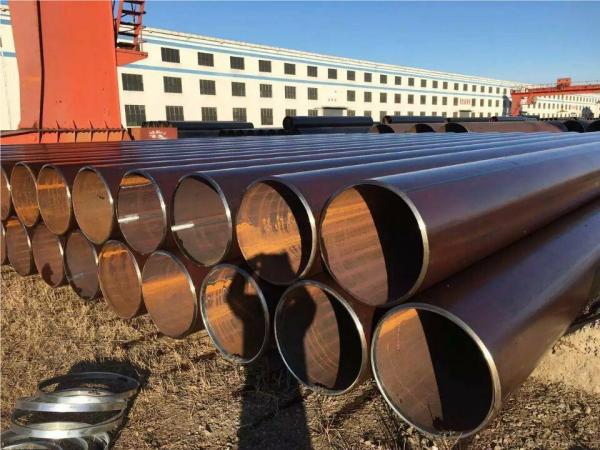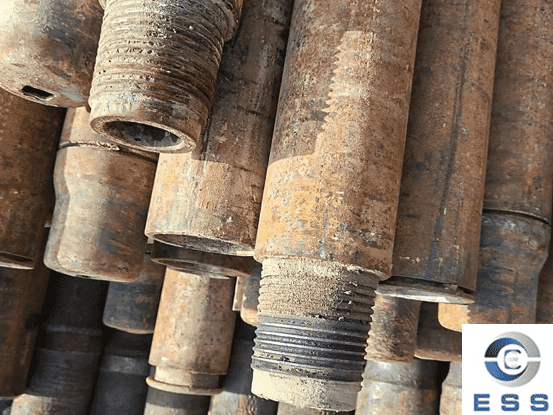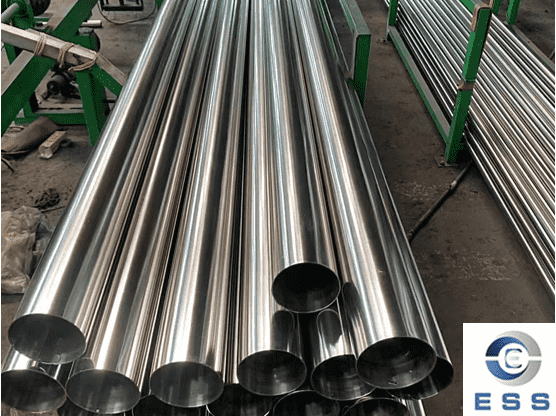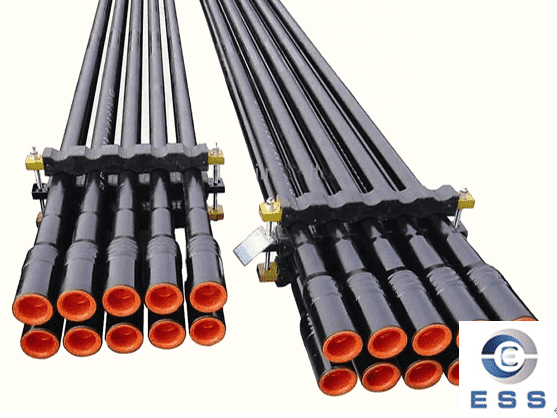The Importance of Quality Control in Welded Pipe Production
In the modern industrial landscape, welded pipes play a critical role in various sectors, such as oil and gas, construction, and manufacturing. These pipes are integral components of infrastructure, facilitating the transportation of fluids, gases, and other materials. Given their crucial role, it is imperative that welded pipes meet stringent quality standards to ensure safety, durability, and optimal performance. This is where quality control in welded pipe production becomes paramount. By implementing robust quality control measures, manufacturers can guarantee the reliability and longevity of welded pipes, safeguarding both human lives and investments. This article explores the significance of quality control in welded pipe production, highlighting its various aspects and benefits.

Understanding Welded Pipe Production:
Before delving into the importance of quality control, it is essential to grasp the fundamentals of welded pipe production. Welded pipes are manufactured by joining two ends of a metal strip or plate using various welding techniques, such as electric resistance welding (ERW), submerged arc welding (SAW), or high-frequency induction welding (HFIW). The resulting weld seam is critical for the integrity and strength of the pipe. The quality of this weld seam and other associated factors determine the overall performance and reliability of the welded pipe.
Ensuring Dimensional Accuracy:
One of the primary objectives of quality control in welded pipe production is to ensure dimensional accuracy. Precise dimensions are crucial for proper fit and alignment when pipes are joined together or integrated into larger systems. Deviations from specified dimensions can lead to leaks, improper flow, structural weaknesses, and operational inefficiencies. Through quality control measures, manufacturers can meticulously inspect and verify the dimensions of welded pipes, ensuring they meet the required tolerances.
Material Quality Assessment:
The quality of the materials used in welded pipe production directly impacts the final product's performance and durability. Quality control practices involve rigorous material inspection and testing to verify the compliance of raw materials with established standards. This includes assessing the chemical composition, mechanical properties, and overall integrity of the materials. By adhering to stringent material quality standards, manufacturers can minimize the risk of pipe failures and enhance the longevity of their products.
Weld Seam Integrity:
The integrity of the weld seam is a critical aspect of quality control in welded pipe production. Welding defects such as lack of fusion, porosity, cracks, or inclusions can compromise the structural integrity and mechanical properties of the pipe. Quality control procedures involve non-destructive testing techniques like ultrasonic testing, radiography, and magnetic particle inspection to identify and eliminate these defects. Ensuring a sound weld seam is vital for the prevention of leaks, corrosion, and potential catastrophic failures in service.
Mechanical and Chemical Testing:
Welded pipes must possess specific mechanical and chemical properties to withstand the demands of their intended applications. Quality control processes encompass comprehensive mechanical and chemical testing to evaluate the strength, ductility, toughness, corrosion resistance, and other critical properties of the pipes. Tensile tests, impact tests, hardness tests, and corrosion resistance tests are conducted to validate the compliance of welded pipes with industry standards. By conducting these tests, manufacturers can guarantee the suitability and reliability of their products in various environments and operating conditions.
Non-Destructive Testing:
Quality control in welded pipe production also includes non-destructive testing (NDT) techniques that allow for the evaluation of internal and external pipe conditions without causing damage to the product. NDT methods, such as ultrasonic testing, radiographic testing, magnetic particle inspection, and dye penetrant inspection, are used to identify surface cracks, internal defects, weld imperfections, and discontinuities that may compromise the pipe's integrity. By detecting these flaws early on, manufacturers can take corrective measures and prevent potential failures, ensuring the highest level of quality.
Compliance with Industry Standards and Regulations:
Quality control in welded pipe production ensures compliance with relevant industry standards and regulations. Compliance is crucial for maintaining product quality, meeting customer expectations, and adhering to safety and environmental requirements. Regulatory bodies such as the American Petroleum Institute (API), the American Society of Mechanical Engineers (ASME), and various international standards organizations have established guidelines and codes that outline the quality requirements for welded pipes. Adhering to these standards not only ensures quality but also instills confidence in customers, leading to improved market reputation and customer satisfaction.
Traceability and Documentation:
Effective quality control practices in welded pipe production include comprehensive traceability and documentation systems. Traceability allows manufacturers to track the origin of materials, manufacturing processes, and inspections performed at various stages of production. This ensures accountability and facilitates efficient troubleshooting in case of any quality-related issues. Proper documentation of quality control processes, inspection results, and test reports provides evidence of compliance and serves as a reference for future audits, improvements, and product recalls if necessary.
Benefits and Impacts:
Implementing rigorous quality control in welded pipe production yields several benefits and impacts. These include:
a. Enhanced Safety: Quality control measures minimize the risk of pipe failures, leaks, and accidents, ensuring the safety of personnel, infrastructure, and the environment.
b. Increased Reliability: Quality-controlled welded pipes exhibit improved durability and resistance to environmental conditions, reducing the frequency of maintenance, repairs, and replacements.
c. Cost Savings: By producing high-quality pipes with minimal defects and failures, manufacturers can reduce warranty claims, operational downtime, and associated costs.
d. Customer Satisfaction: Consistently delivering high-quality welded pipes results in increased customer satisfaction and loyalty, fostering long-term relationships and potential referrals.
e. Compliance and Market Access: Quality-controlled pipes ensure compliance with industry standards, enabling manufacturers to access and participate in various markets and projects that require stringent quality assurances.
Conclusion:
Quality control plays a paramount role in ensuring the reliability, durability, and performance of welded pipes. By implementing comprehensive quality control measures throughout the production process, manufacturers can mitigate risks, meet industry standards, and deliver products that satisfy customer expectations. From dimensional accuracy and material quality assessment to weld seam integrity and non-destructive testing, every aspect of quality control contributes to the overall success and safety of welded pipe production. Investing in robust quality control practices not only enhances the reputation and competitiveness of manufacturers but also safeguards lives, infrastructure, and the environment.













 Eastern Steel Manufacturing Co.,Ltd not only improve product production and sales services, but also provide additional value-added services. As long as you need, we can complete your specific needs together.
Eastern Steel Manufacturing Co.,Ltd not only improve product production and sales services, but also provide additional value-added services. As long as you need, we can complete your specific needs together.










